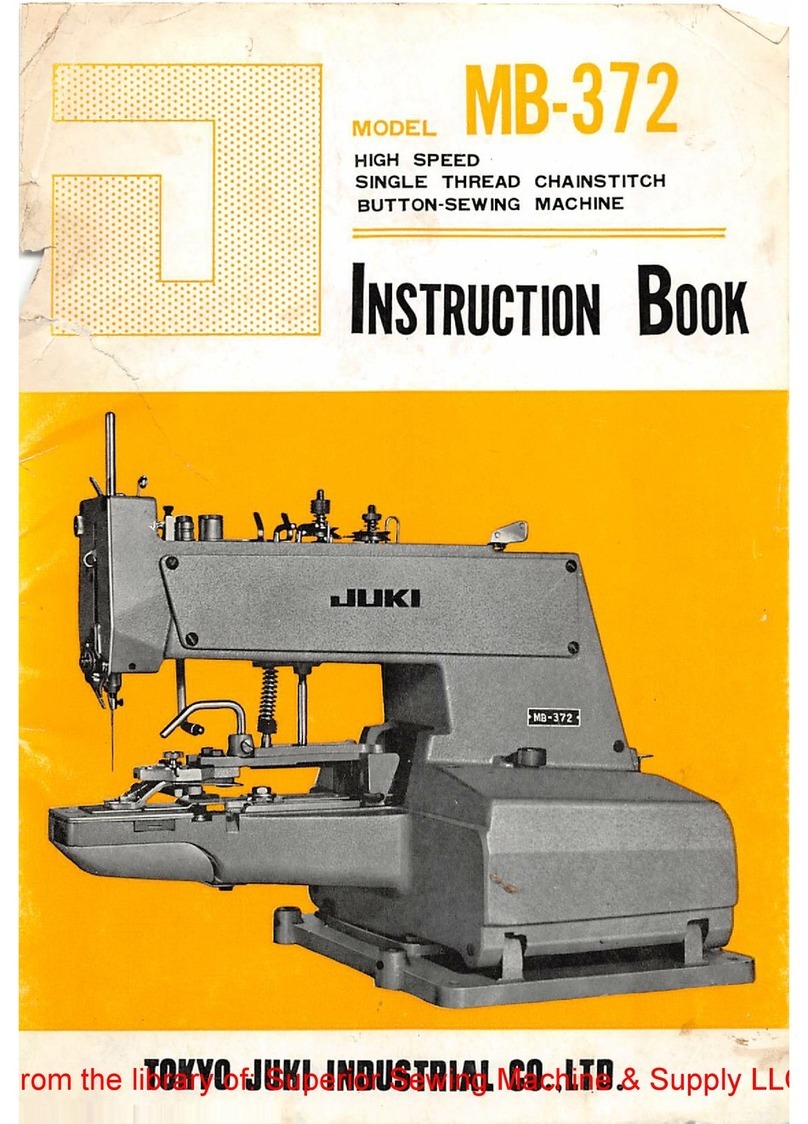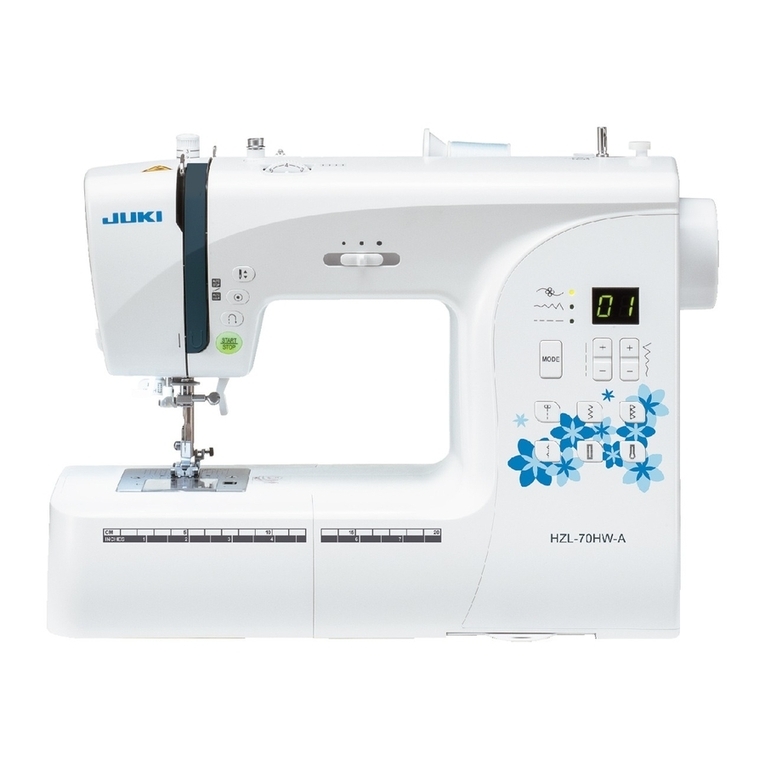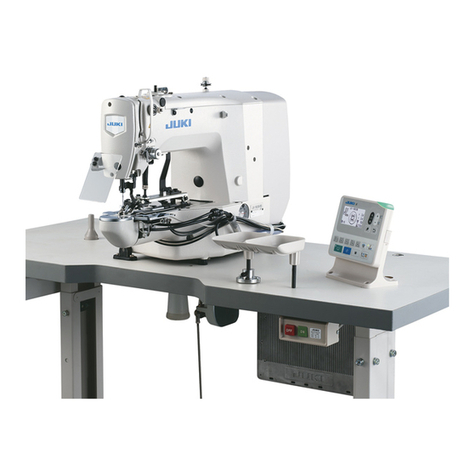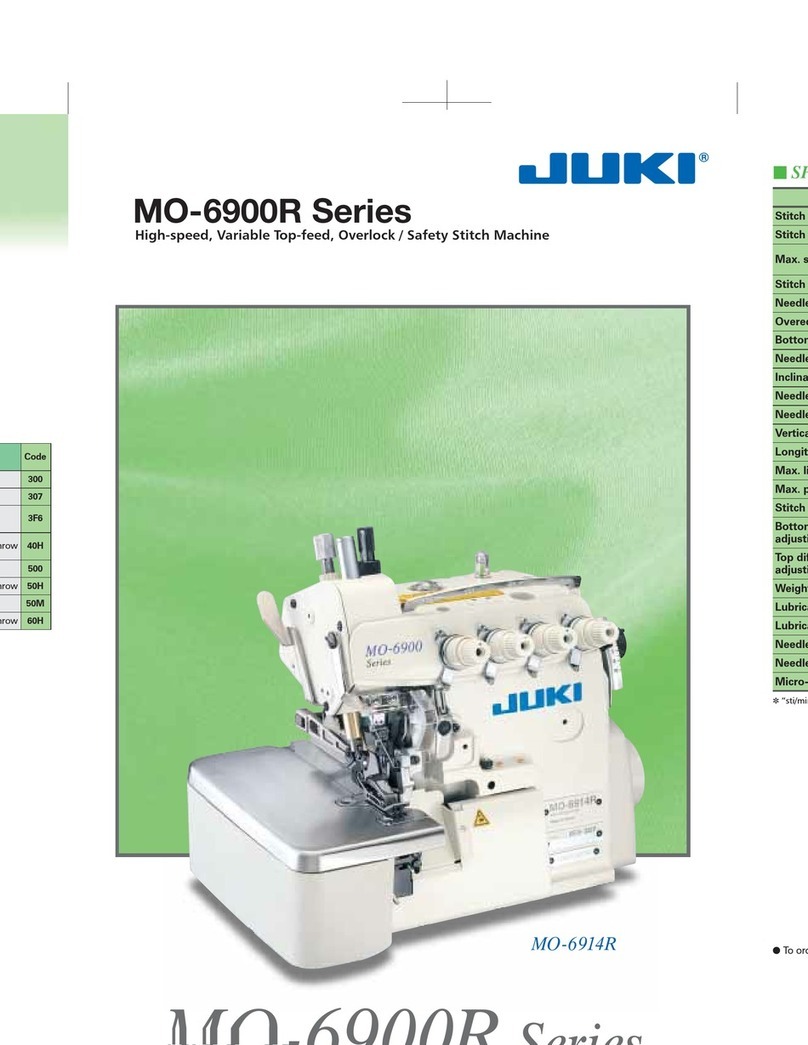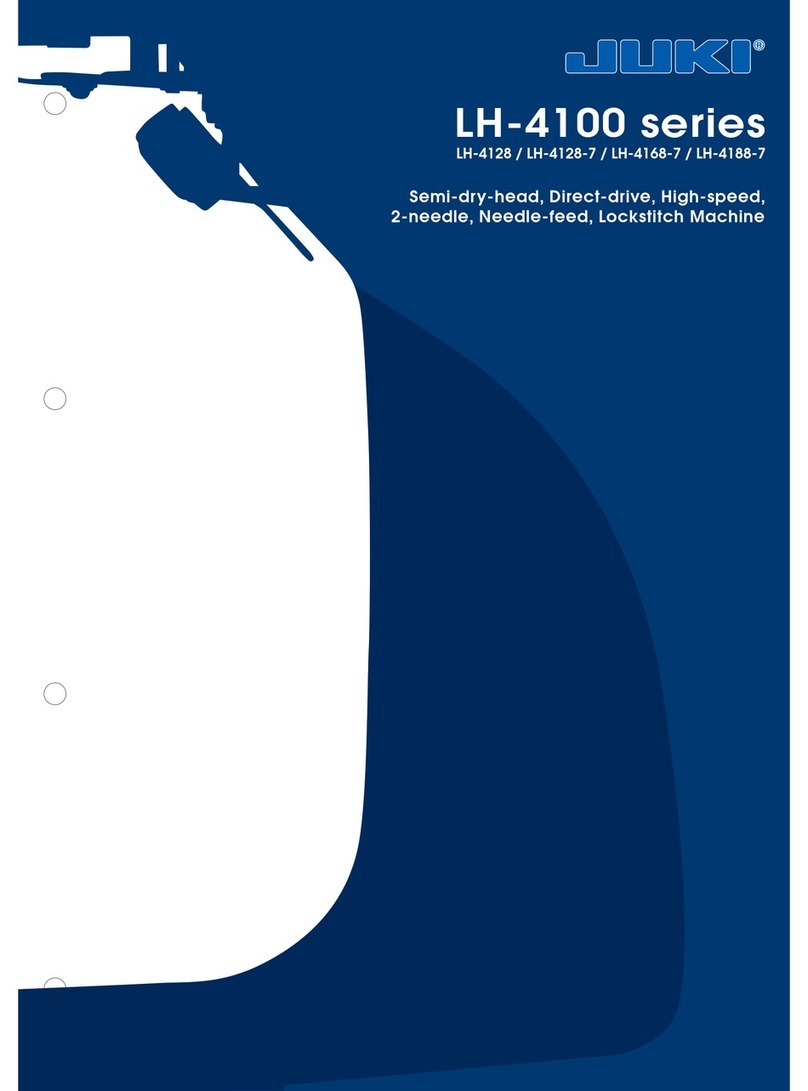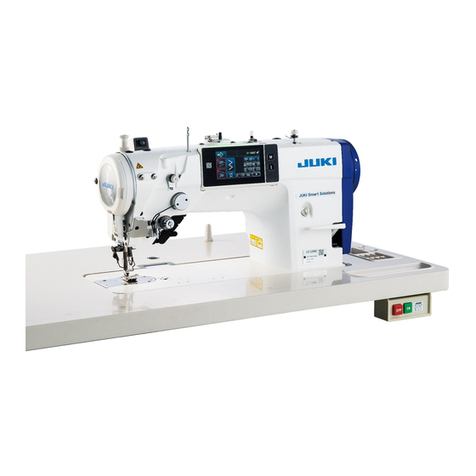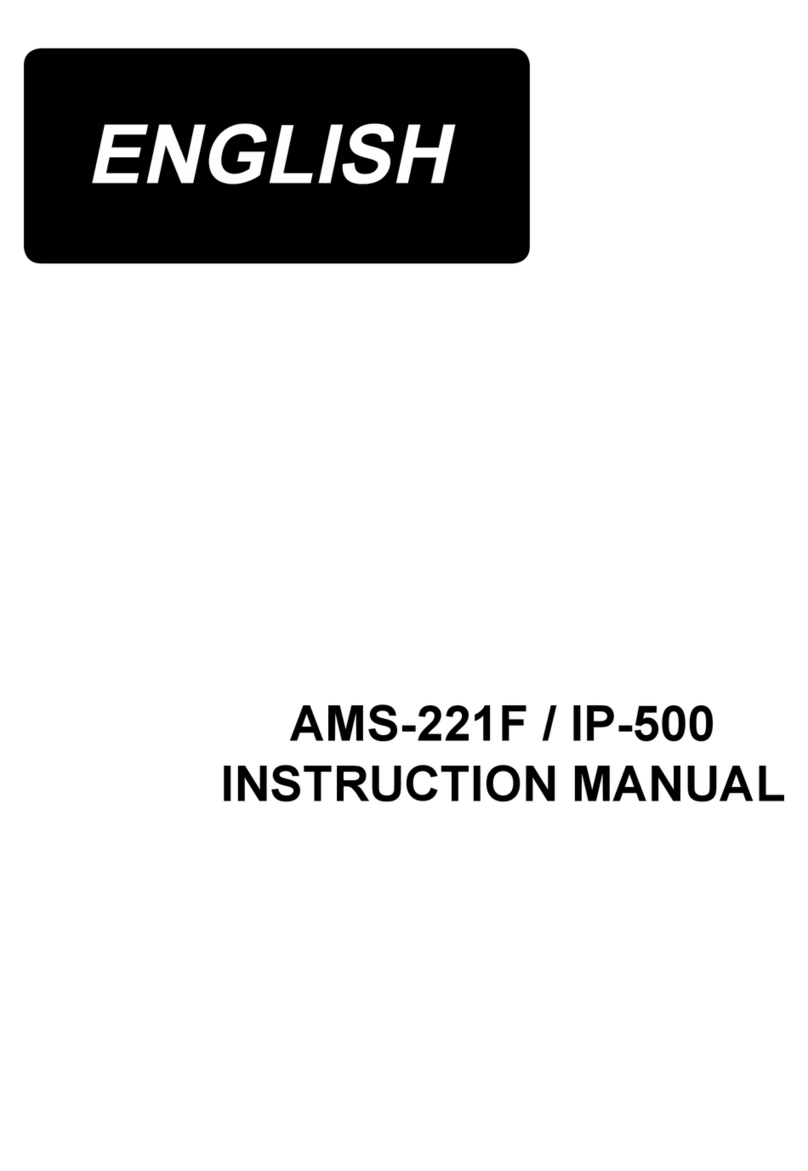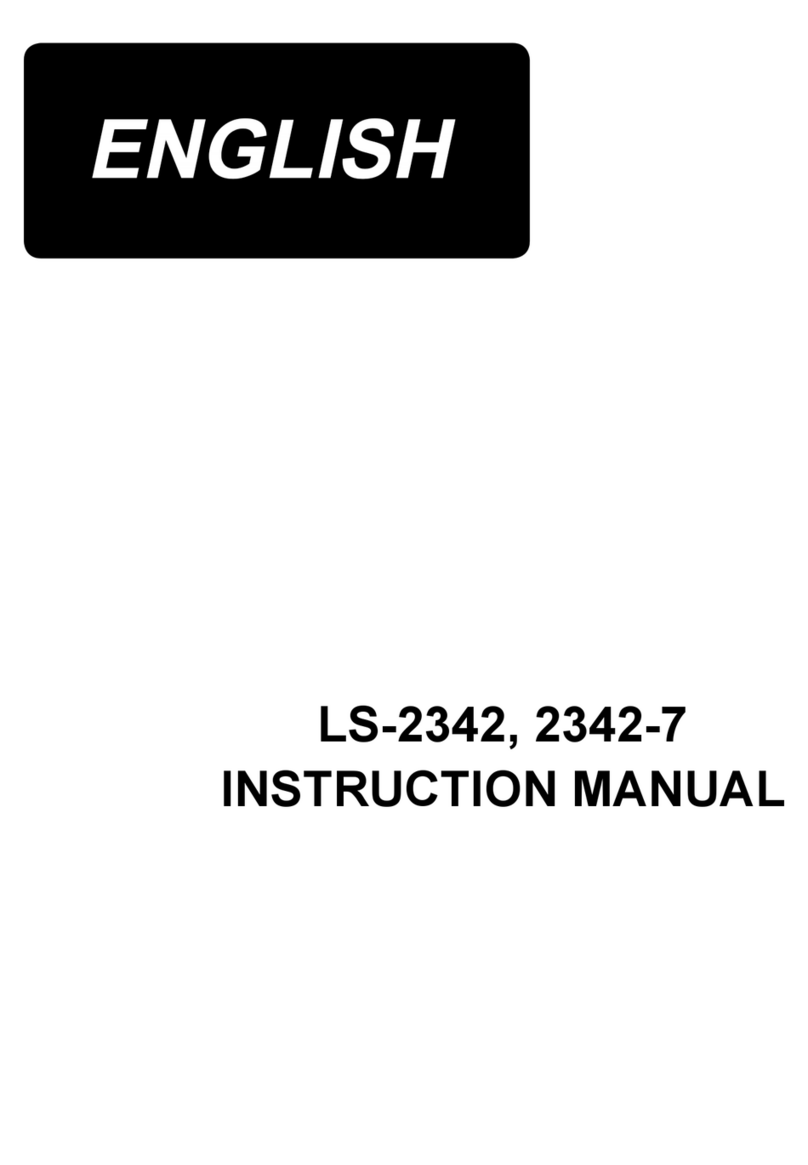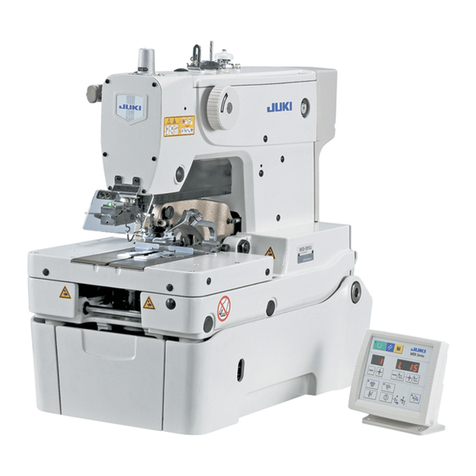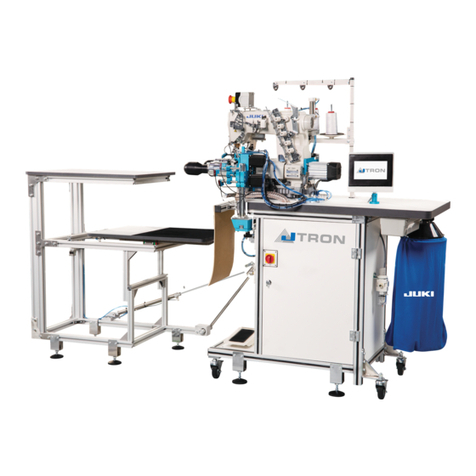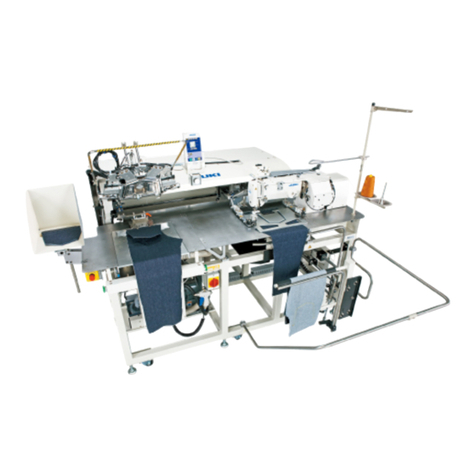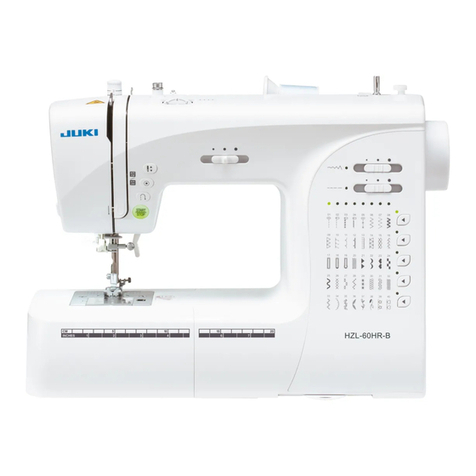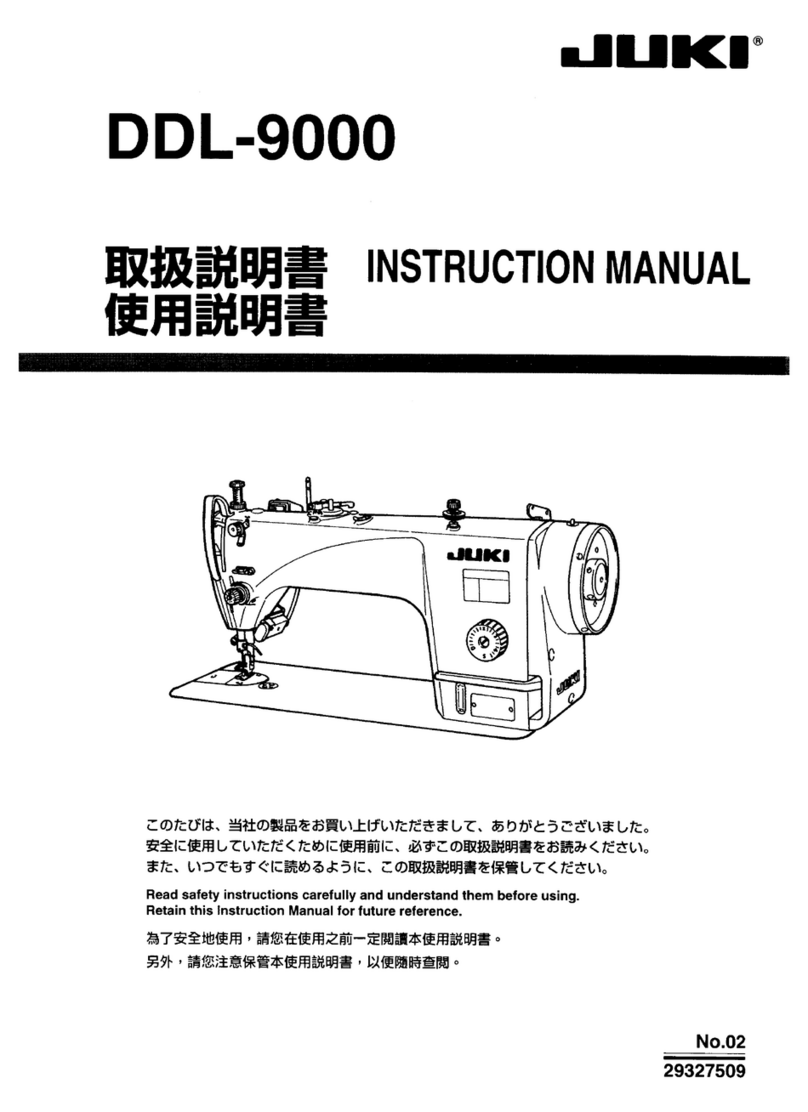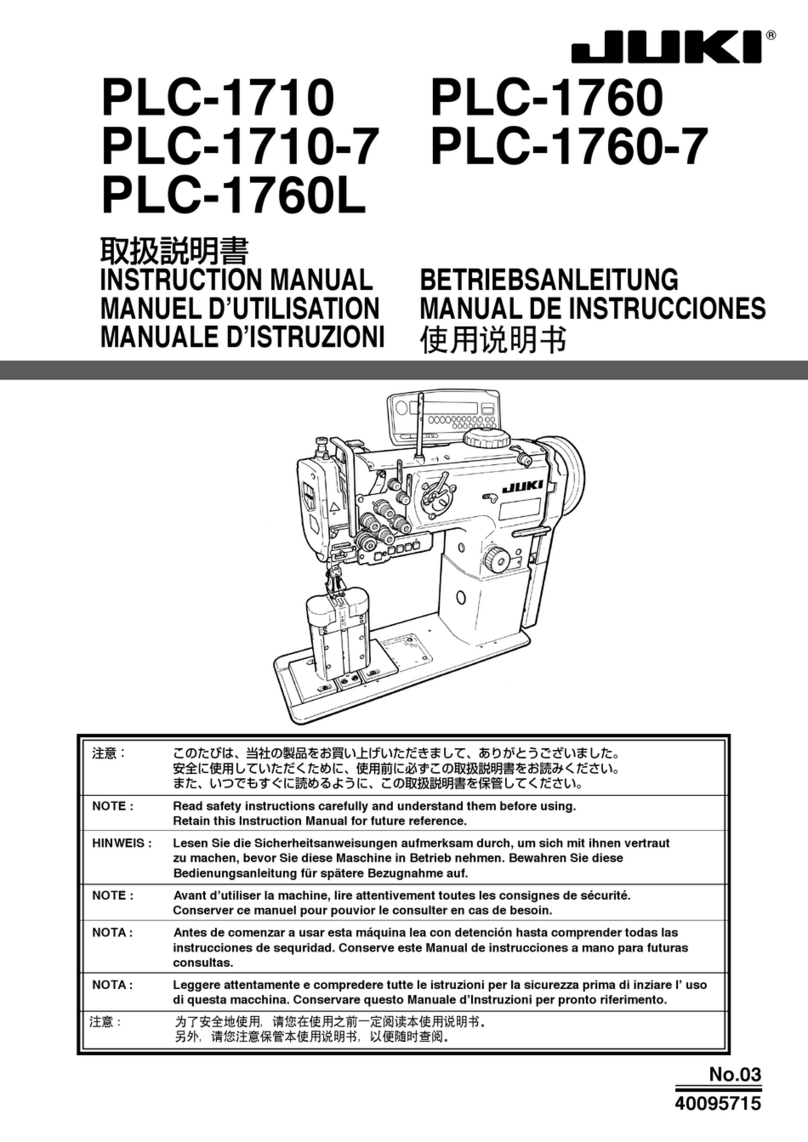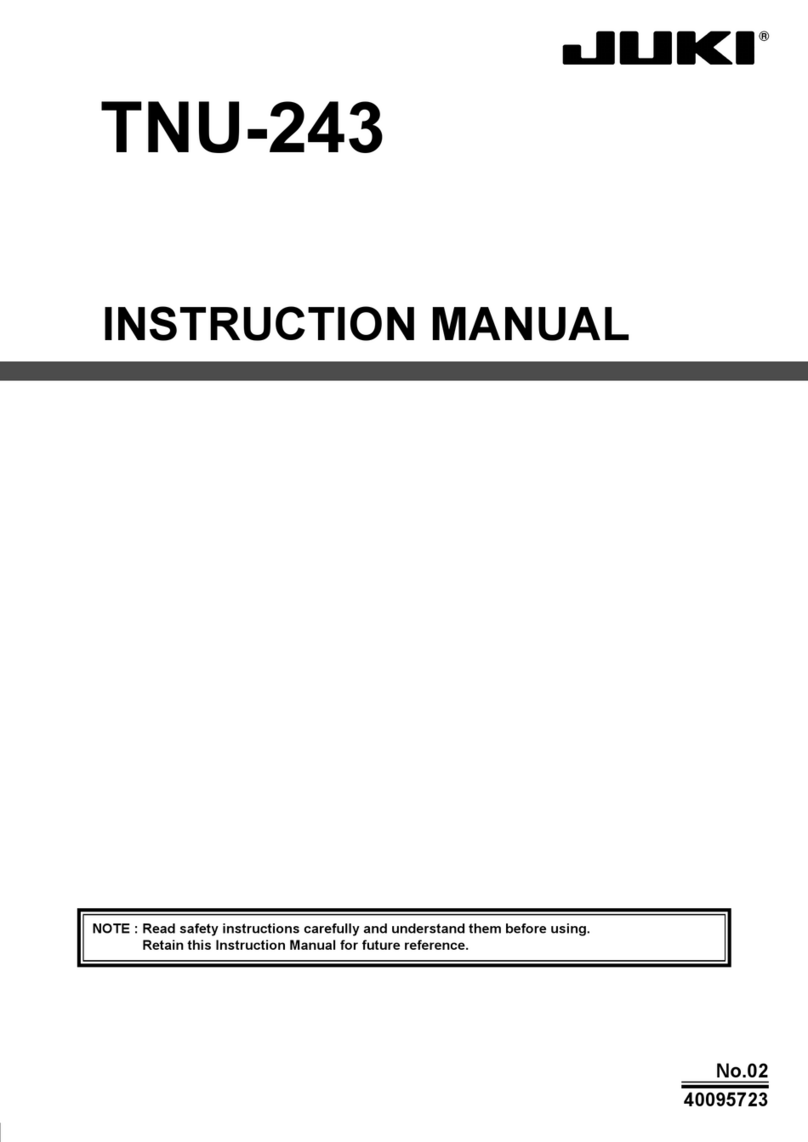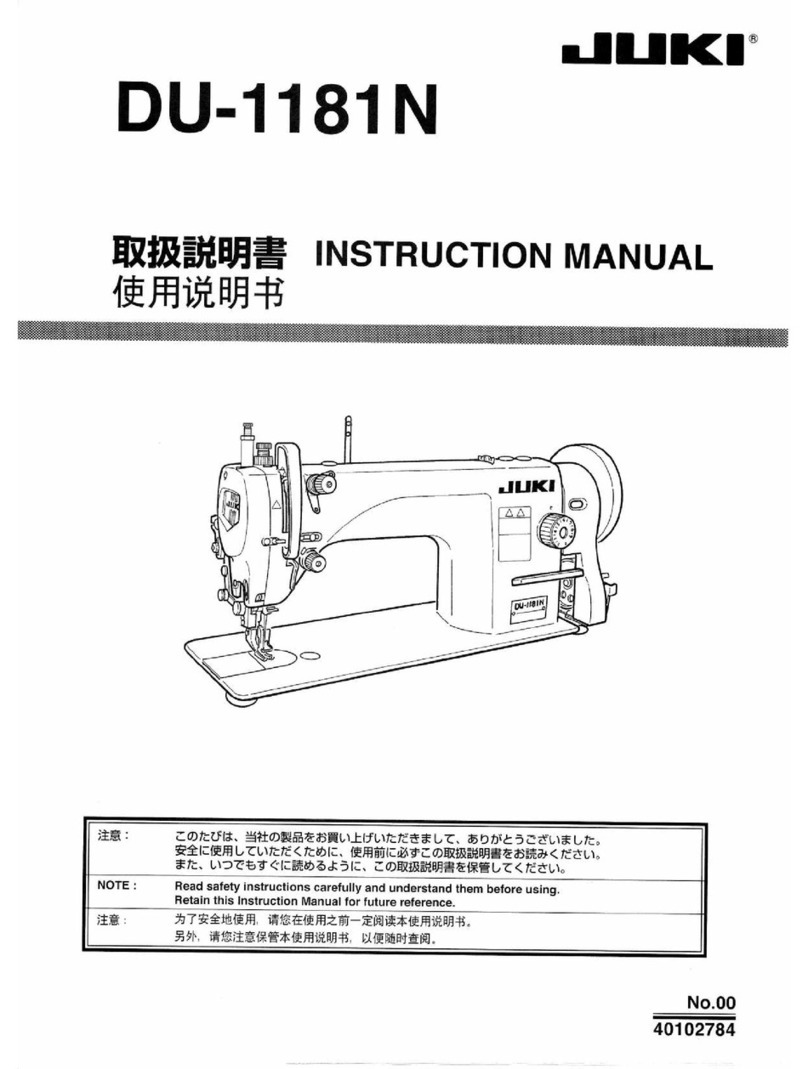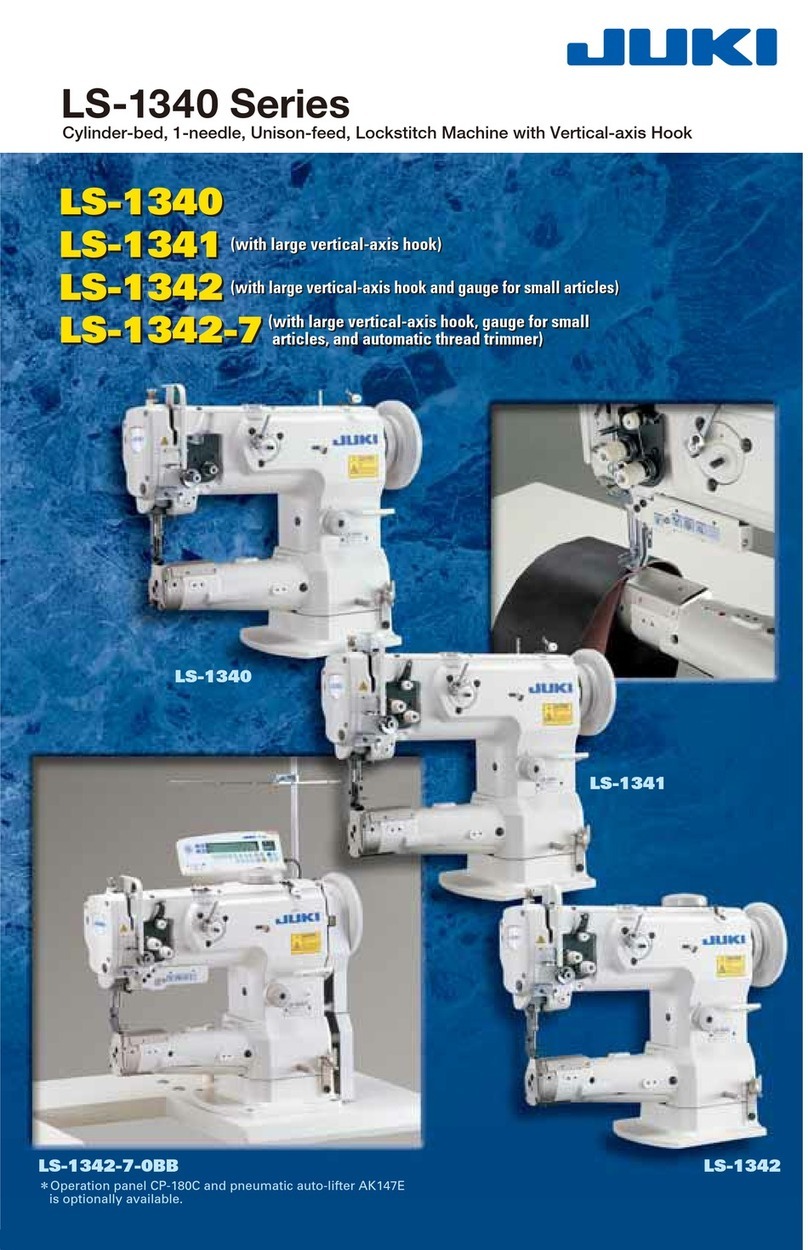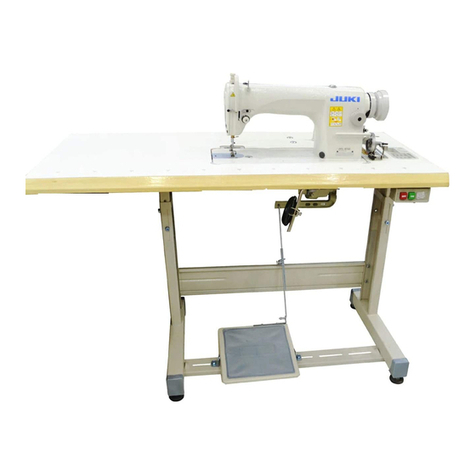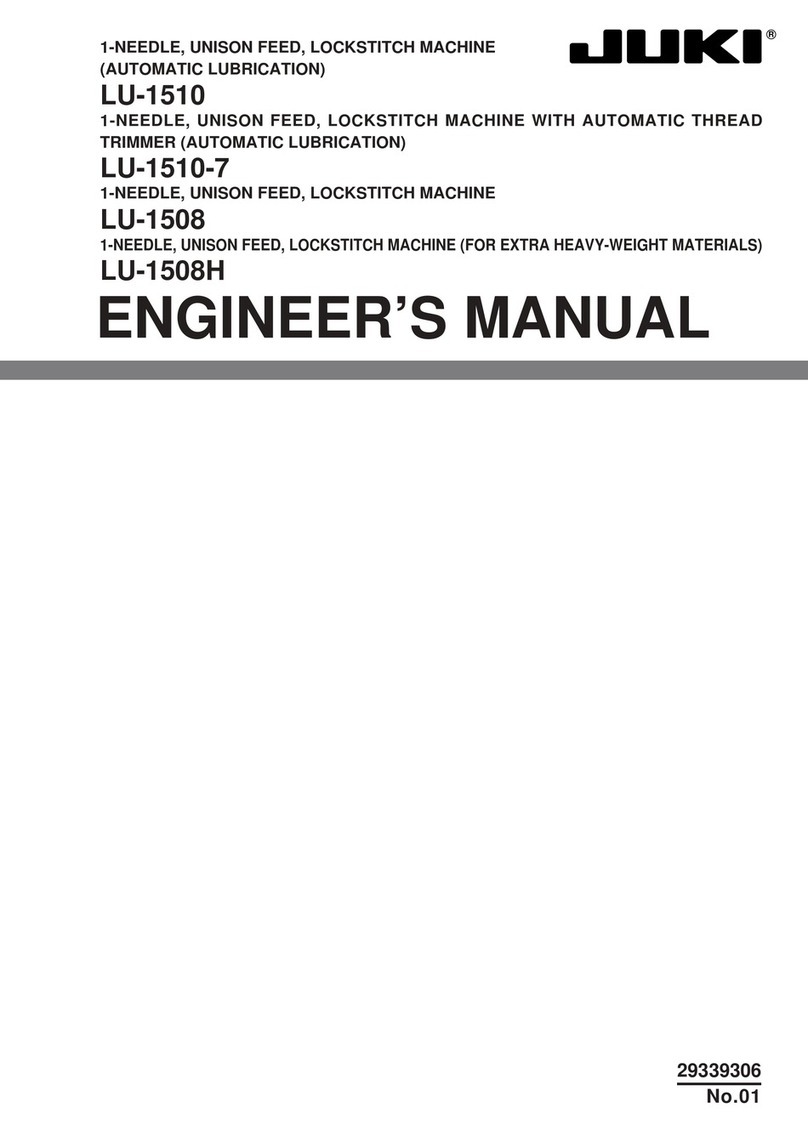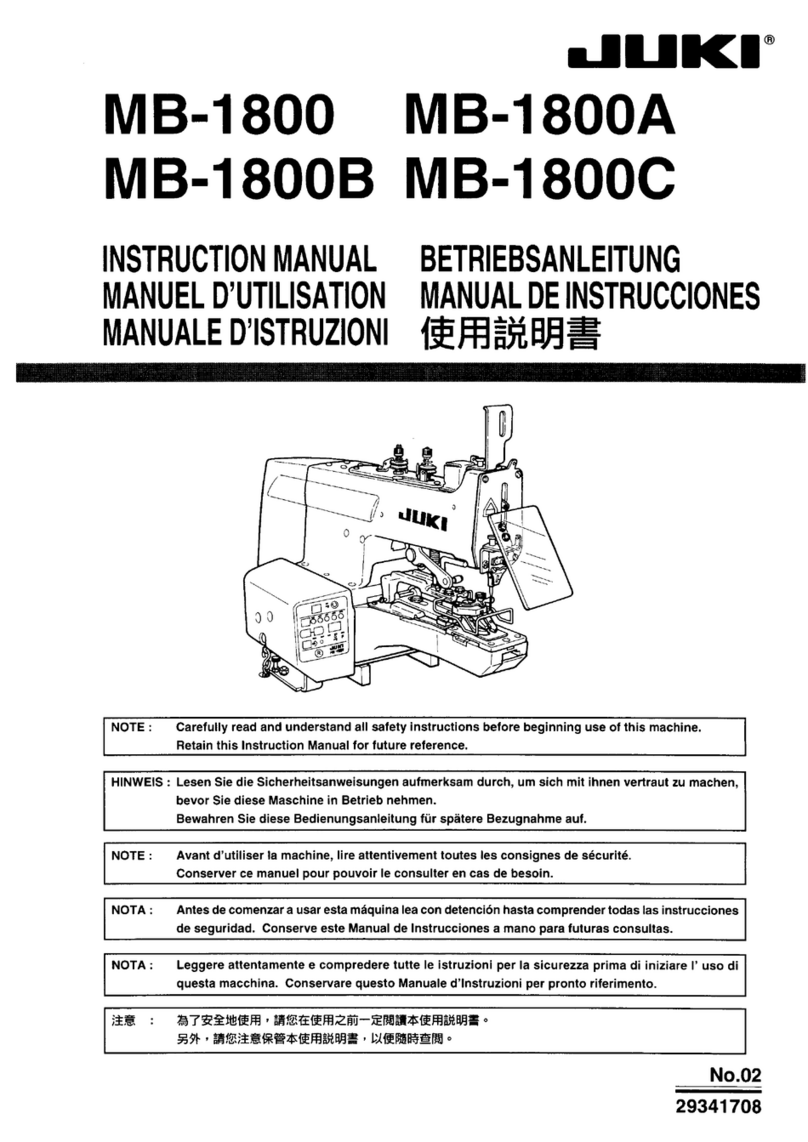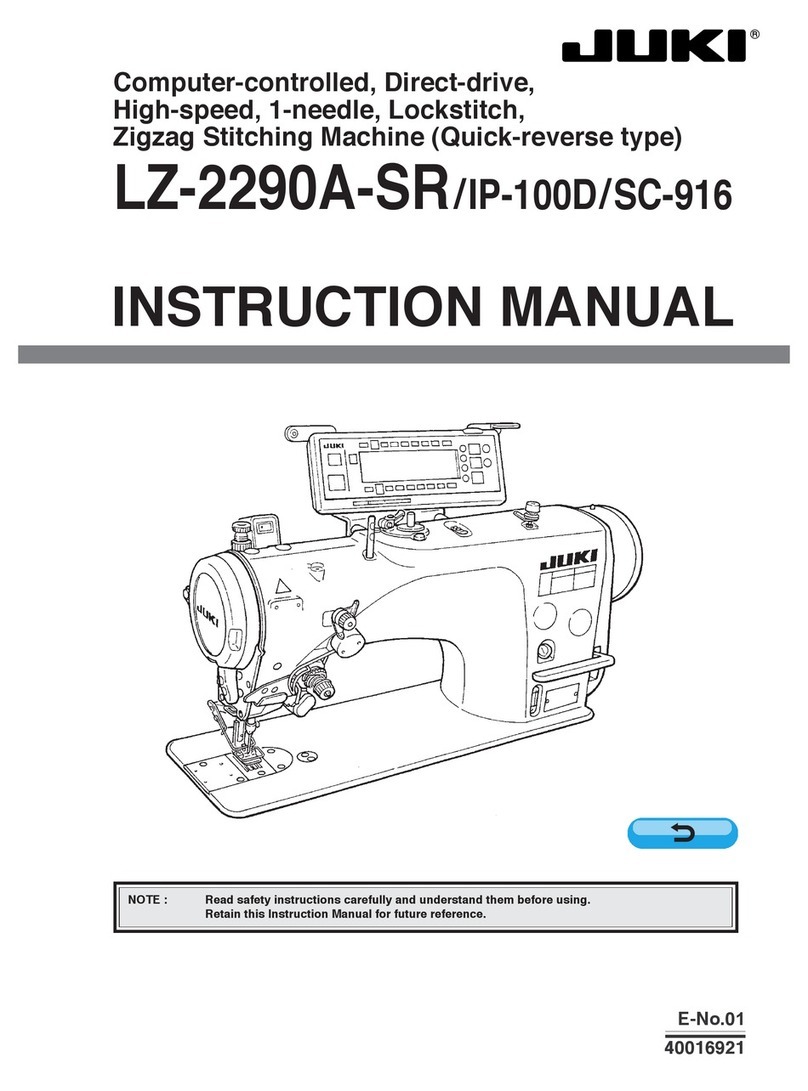
(3) Optional sections.................................................................................................................. 59
1) SA-117 (dart stretcher unit) ...........................................................................................................59
2) SA-118 (shim unit) ..........................................................................................................................61
3) SA-119 (suction unit)......................................................................................................................65
4) SA-120 (automatic interlining feeder unit) ...................................................................................71
5) SA-121 (pattern matching marking light unit)..............................................................................75
6) SA-127 (suction motor unit)...........................................................................................................77
7) SP-46 (clamp bar stacker unit) ......................................................................................................81
8) SP-47 (roller stacker unit) ..............................................................................................................95
4. Operation panel and related parts....................................................................... 97
(1) Configuration of IP-310 ........................................................................................................ 97
(2) Memory switch...................................................................................................................... 98
(3) Memory switch data list ....................................................................................................... 99
(4) Optional setting list ............................................................................................................ 106
5. Supplemental remarks of each function number and
explanation of each function ............................................................................. 107
(1) Version display ................................................................................................................... 107
(2) Keylock setup ..................................................................................................................... 108
(3) Communication screens of the maintenance personnel level ....................................... 109
(4) Information screen at the maintenance personnel level................................................. 113
(5) Check program ................................................................................................................... 115
(6) Pedal volume adjustments ................................................................................................ 134
6. Control box......................................................................................................... 137
(1) Description of each constitutive part ............................................................................... 137
1) Function of boards in the control box and installation position............................................. 137
2) Function of boards in the operation panel (IP-310) and installation position ........................137
3) Function of INT board (relay board) and installation position .................................................138
4) Function of PMDC board (optional component) and installation position ............................ 138
(2) Replacement of part ........................................................................................................... 139
1) Replacement of fuses.................................................................................................................. 139
2) Replace the board.........................................................................................................................139
(3) Description of dip switches ............................................................................................... 143
1) MAIN board dip switch ................................................................................................................ 143
2) SDC board dip switch.................................................................................................................. 143
3) PANEL board dip switch ............................................................................................................. 143
4) PMDC board dip switch (For roller stacker)...............................................................................143
(4) Modification of the source voltage specifications .......................................................... 144
7. Names of switches and switch sensors and installation places .................. 145
8. Maintenance....................................................................................................... 151
(1) Machine head maintenance-related matters .................................................................... 151
(2) Application of grease and Locktight................................................................................. 152
(3) Spots where grease • adhesive agents are used ............................................................ 153
(4) Replenishing grease to the designated place.................................................................. 176
(5) Consumable replacement components............................................................................ 178
9. Error code list .................................................................................................... 179
10.Troubles and corrective measures .................................................................. 189
(1) Machine head ...................................................................................................................... 189
(2) Equipment and related matters ......................................................................................... 194
(3) Electrical matters................................................................................................................ 196
